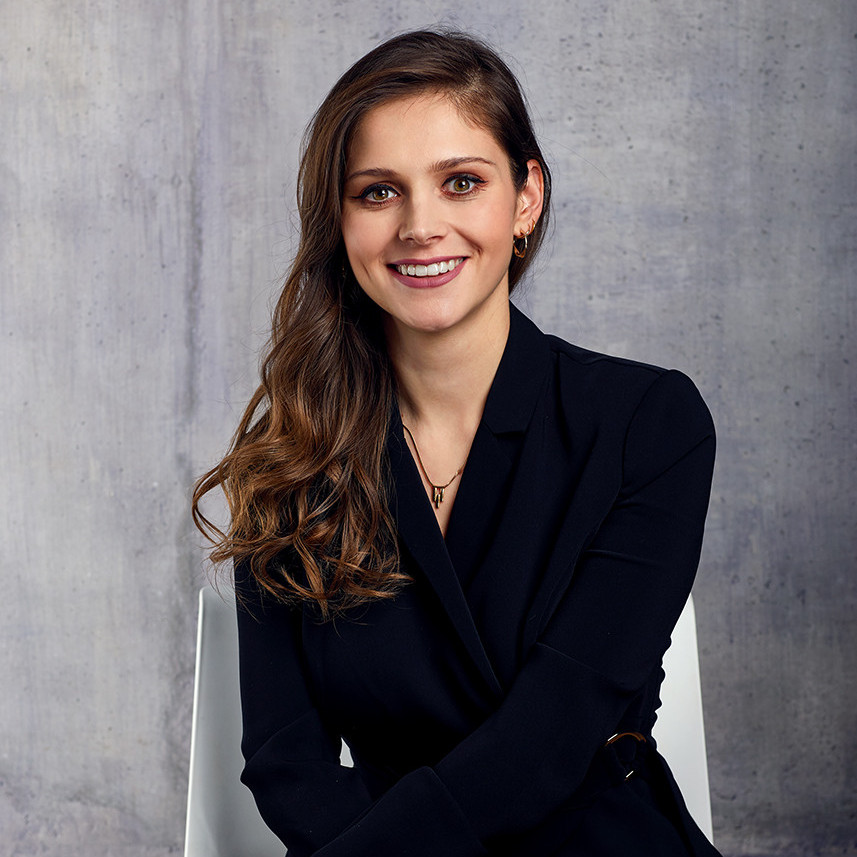Did you take part in the EU Research and Innovation Days 2021 a few weeks ago? Some team members did and noticed that some questions were left unanswered.
We selected a few related to proposal writing, and our trainer Jelena answered them for you. Keep reading and get ready to learn about Horizon Europe!
-
Given the shorter proposal in RIA/IA (page limit 45) in comparison to H2020, how long do you expect the WP descriptions to be?
It is hard to tell, mainly because the length of section 3.1 depends on the number of work packages that your proposal has. The indicative length of the whole section is 14 pages, but including the table of deliverables, resources to be committed, the Gantt chart and PERT diagram, etc. Therefore, conciseness will be key.
In a standard H2020 proposal, each work package was between one page and two pages long, depending on the work package. The description of 7 work packages was around 15 pages, which would exceed the indicative length now. My suggestion is to keep all the work packages at the same length and try to stick to one page and a half max (6 WPs in 9 pages). The more work packages you have, the more you will have to cut text elsewhere (e.g. concept & methodology).
-
Can you explain the difference between impact and outcomes?
The main difference between impact and outcome is the timing when these are generated. The impact is achieved after the end of the project, typically in the long run, while outcome/s should be achieved over the short-/medium-term, namely, during the project's lifetime and shortly after its end.
The second point of differentiation is in the hierarchy. Your project results, which will be achieved by the means of specific tasks, will contribute to generating the outcomes. In turn, the sum of your outcomes will generate the impact after the end of the project. For instance, the institutional Gender Equality Plan (output) publication contributes to achieving greater inclusion at the institutional level (outcome). In the long run, you will contribute to the European Research Area objective of promoting gender equality and diversity in science.
-
Does a proposal need to address all the points of the Scope or only some of them?
Unless the text allows you to choose among specific outputs and/or a direction, your project proposal should aim to address all the points of the scope. The scope sets up the minimum expectations. This means that, once all the requirements are addressed, your proposal can go beyond and suggest additional tasks and outputs, if within the scope and properly justified. Whatever you propose, must be aligned with the expected outcomes and impacts.
-
Are there explicit standards for gender dimension, scientific principles, and interdisciplinarity that can be referred to?
-
If including gender dimension is not mandatory in the topic, will still be evaluated if included?
-
Can you provide an example of how to prove considerations of taking gender into account for a scientific non-humanity project (I.e. in energy or chemistry)
-
Gender dimension in R&I means being aware of any biases and inequalities within your field, that may harm groups of men and women. Women and men should not be seen as undifferentiated groups, meaning merely disaggregating data by sex. Instead, socio-economic and geographical variables should be incorporated within the research methodology. It means that from the planning phase to the deployment, Horizon Europe proposal writers should consider the different needs of end-users or diverse effect/s that innovation will have on them. If you need further guidelines and inspiration on how to address this section, I suggest checking the website of Gendered Innovations. On the same website, you will find many examples and case studies from different fields, such as health, environment, engineering, etc.
Lastly, the gender dimension is addressed in RIA and IA types of actions only. If including gender dimension is not mandatory for a specific topic, then it should not be addressed as it will not be taken into consideration by the evaluators.
-
For calls with an element of cascade funding, are there any changes from H2020 on how these will be presented? Is there a standard format expected?
We are not aware of any particular changes here from H2020 to Horizon Europe. As this will depend on the call, it will be important to follow the specific indications mentioned in the call and the work programme, and to use the right template, which is downloadable after registering the proposal in the submission service.
Interested in reading the Q&A session about Mission Ocean? Read Mariana’s blog.



